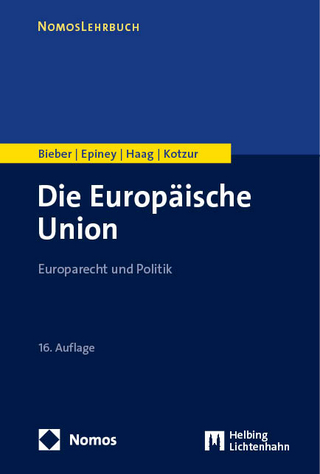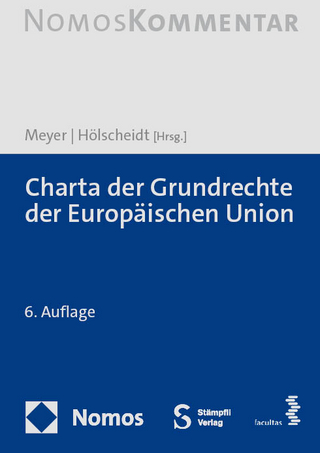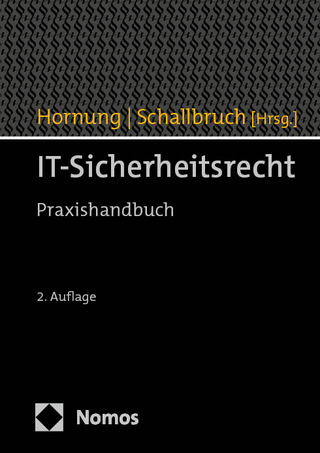
Rosenne's The World Court: What It Is and How It Works
Martinus Nijhoff (Verlag)
978-90-04-22155-0 (ISBN)
Rosenne’s The World Court offers a contemporary and interactive take on the UN’s main judicial organ. The International Court of Justice, which has remained largely unchanged since its creation in 1945, operates within a growing network of states and international bodies. The book analyzes the institution via the prism of its relationship with states – the Court’s natural constituency – as well as UN organs, international and domestic courts, academia, and non-state actors. It offers topics for class discussions, moot court exercises, and model syllabi. Direct engagement with the writings of leading scholars in international law and international relations helps uncover the Court’s political and legal role in a complex international order. The book’s novel and multidisciplinary approach make it an essential resource for students, teachers, and scholars.
Dr. Daphné Richemond-Barak is Assistant Professor at the Lauder School of Government, Diplomacy, and Strategy at the Interdisciplinary Center (IDC) Herzliya.
Contents
Foreword IX
Acknowledgments XI
List of Figures and Tables XIII
Introduction
1 The International Court of Justice and Its Predecessor
A Early Beginnings: the League of Nations and the PCIJ
B Legal Underpinnings
Conclusion
2 The International Court of Justice and States
A Access to the Court: States Only
B The Principle of Consent
C Admissibility and Jurisdiction
D Arguing before the Court
E How a Case Is Tried
Conclusion
3 The International Court of Justice and the United Nations
A Advising the UN as an Organization
B Advising on Disputes
C The ICJ’s Relationship with Other Principal UN Organs
D A Timeline of Advisory Proceedings
E Comparative Practice
Conclusion
4 The International Court of Justice and the International Community
A The ICJ and Other International Courts and Tribunals
B The ICJ and National Courts
C The ICJ and “the Most Highly Qualified Publicists”
D The ICJ and Non-State Actors
Conclusion
5 An Assessment
A What States Use the Court and for What
B Avoiding the Court
C Compliance with the Court’s Judgments
Conclusion
6 Bringing the Court to the Classroom: Student’s Guide
A What Is a Moot Court?
B Written Pleadings Phase
C Oral Pleadings Phase
D Recap
E Moot Court Problems
Bringing the Court to the Classroom: Facilitator's Guide
This Guide will be available by request at worldcourt@brill.com
7 Teaching the International Court of Justice
A The ICJ for Law Students
B The ICJ for International Relations/Political Science Students
C A Full Course on the International Court of Justice, 2 Credits
| Erscheinungsdatum | 20.11.2020 |
|---|---|
| Sprache | englisch |
| Maße | 155 x 235 mm |
| Gewicht | 544 g |
| Themenwelt | Recht / Steuern ► EU / Internationales Recht |
| Recht / Steuern ► Öffentliches Recht ► Völkerrecht | |
| ISBN-10 | 90-04-22155-7 / 9004221557 |
| ISBN-13 | 978-90-04-22155-0 / 9789004221550 |
| Zustand | Neuware |
| Haben Sie eine Frage zum Produkt? |
aus dem Bereich


